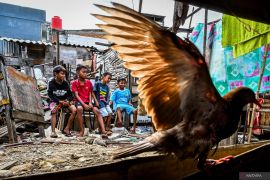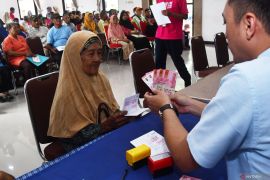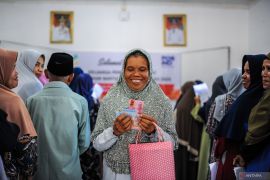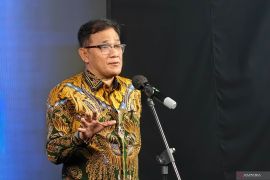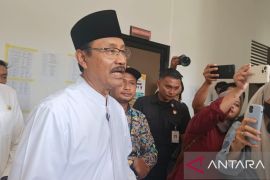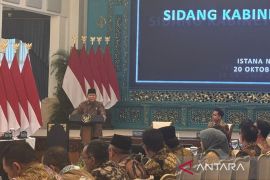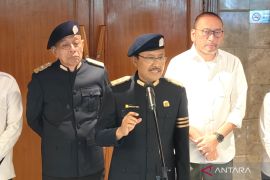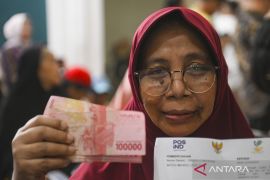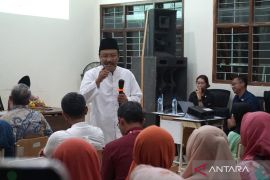Accordingly, the poverty rate dropped to 10.14 percent in March, 2021 from 10.19 percent in September, 2020, BPS chief Margo Yuwono said at an online press conference in Jakarta on Thursday.
However, compared to March, 2020, the number of poor increased by 1.12 million in March, 2021, he added.
The number of poor in urban areas rose by 138.1 thousand to 12.18 million in March, 2021 from 12.04 million in September, 2020, he disclosed.
Consequently, the poverty rate in urban areas increased by 0.01 percent to 7.89 percent in March, 2021 from 7.88 percent in September, 2020, he noted.
In contrast, the number of poor in rural areas fell by 145 thousand to 15.37 million in March, 2021 from 15.51 million in September, 2020, Yuwono said.
Related news: Data validation ensure social assistance receivers right on target
Thus, the poverty rate in rural areas fell by 0.10 percent to 13.10 percent in March, 2021 from 13.2 percent in September, 2020, he added.
He attributed the drop in the number of poor people in rural areas to the success of various development programs, including village fund disbursement.
The government managed to implement a poverty alleviation program by controlling the prices of commodities consumed very much by the poor, including rice, he added.
The increase in the price of rice contributed the most to the poverty rate, he pointed out. The contribution was recorded at 20.03 percent in urban areas and 24.06 percent in rural areas, he said.
According to the BPS, monthly per capita income stood at Rp472,525 in March, 2021, an increase of 2.96 percent compared to September, 2020 and 3.93 percent compared to March, 2020.
Citizens whose spending falls below the poverty line are classified as poor, Yuwono explained.
The greatest contributor to the poverty line has been the food sector, recorded at 73.96 percent, he added.
Related news: COVID-19 pandemic raises inequality, hinders poverty alleviation: WB
Translator: Sanya Dinda S, Suharto
Editor: Rahmad Nasution
Copyright © ANTARA 2021

